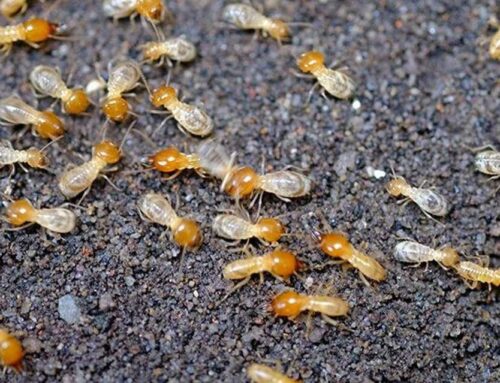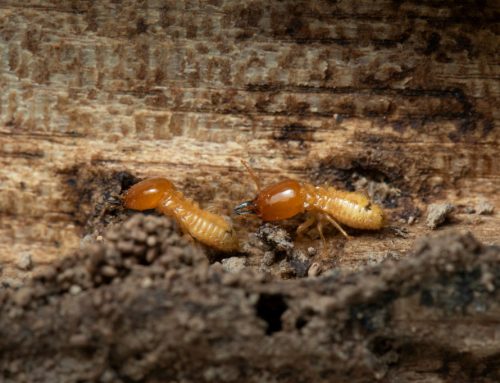The Australian Redback Spider, which is related to the American Black Widow, is a species of highly venomous spider.
Being common in urban areas it is one of the most common causes of spider bites. Frequent pest control treatment is typically the best prevention.
It is also helpful to remember that redback spiders do NOT always have a “red” marking.
What you need to know about Redback Spiders
Female Redbacks
You’re probably most familiar with the female redback. She has a large shiny abdomen marked with the distinct bright-red hourglass stripe.
A female redback can live for 2-3 years and produce up to 10 egg sacs during her lifetime, each containing up to 250 eggs – that’s a lot of redbacks infesting your home!
Fun Fact: Mature female redbacks cannibalise their male partners during mating. The male actually assists her in this process by flipping his body towards her so that he is closer to her mouthparts.
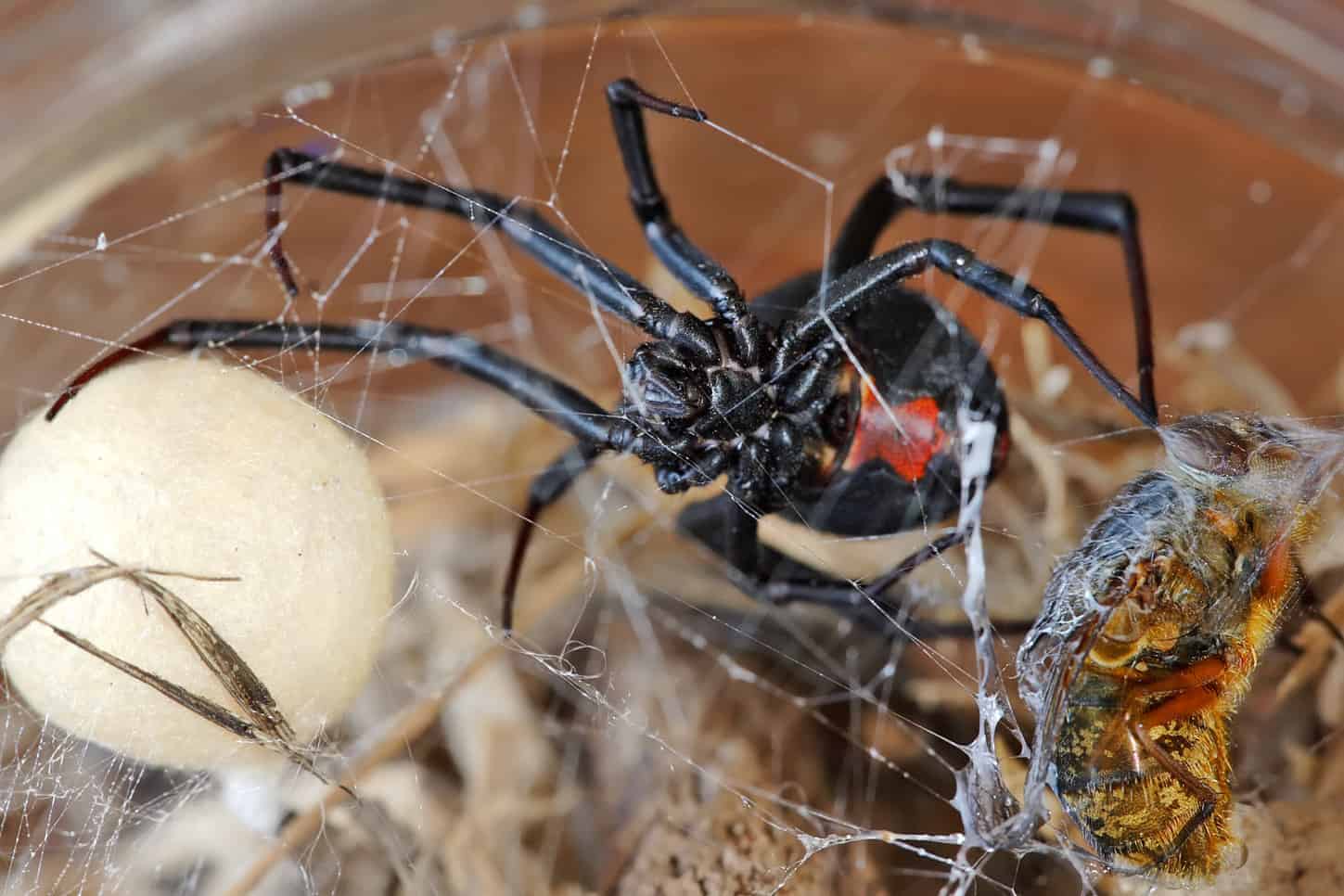
Female redback with egg sac and prey (a blowfly). (Source: Fir0002/Flagstaffotos)
Male Redbacks
The male is not as easily identified. He is much smaller than the female and his body is a light brown colour with white markings on the upper side of the abdomen and a pale hour-glass marking on the underside.
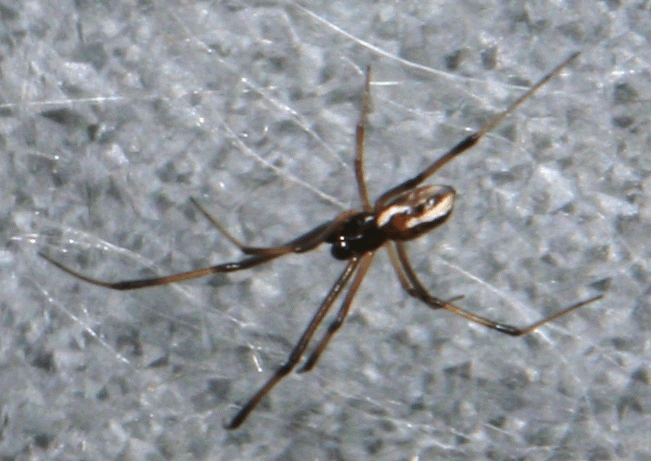
male redback – image source wikipedia
Baby Redbacks
Redback spiderlings are grey with dark spots and become darker with each moult. Juvenile females have additional white markings on their abdomen. Males will mature in around 3 months and females in around 4 months.
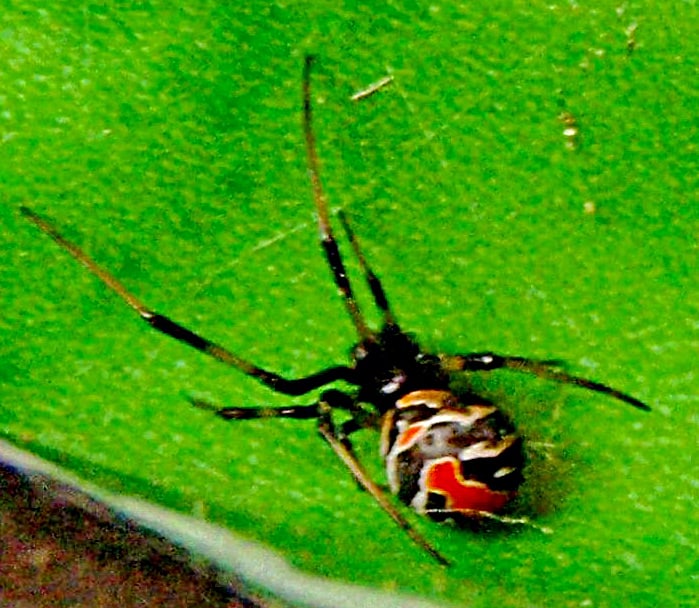
Young redback. Taken December 2010 in Sydney, by Phil Bentley (www.localoptimum.com)
Where do they live?
Redbacks prefer dry habitats. They are often found hidden in cracks and crevices around the exterior of your home, sheds, letter boxes, undersides of seats, in rubbish such as empty cans, under your house and in other dark areas. They nest where light often attracts their prey which includes moths, flies, mosquitoes and other insects.
Identifying a Redback Web
Redback webs are not a classic spider web and can be hard to see. They like to hide in dark areas, often not in direct sight. You may see a messy clump of tangled web with leaves or other debris caught in it. Sometimes an egg sac can be spotted in the web.
The Redback Bite
The redback can inflict a painful bite. They are highly venomous and their bite can be fatal; especially to the young and elderly. First aid and medical attention should be sought as soon as possible if bitten.
But don’t panic! An effective anti-venom was developed in 1956.
Not so fun fact: The redback is responsible for up to 2,000 hospitalised bite cases each year, but the good news is that there have been no deaths in Australia from a confirmed spider bite since 1979.
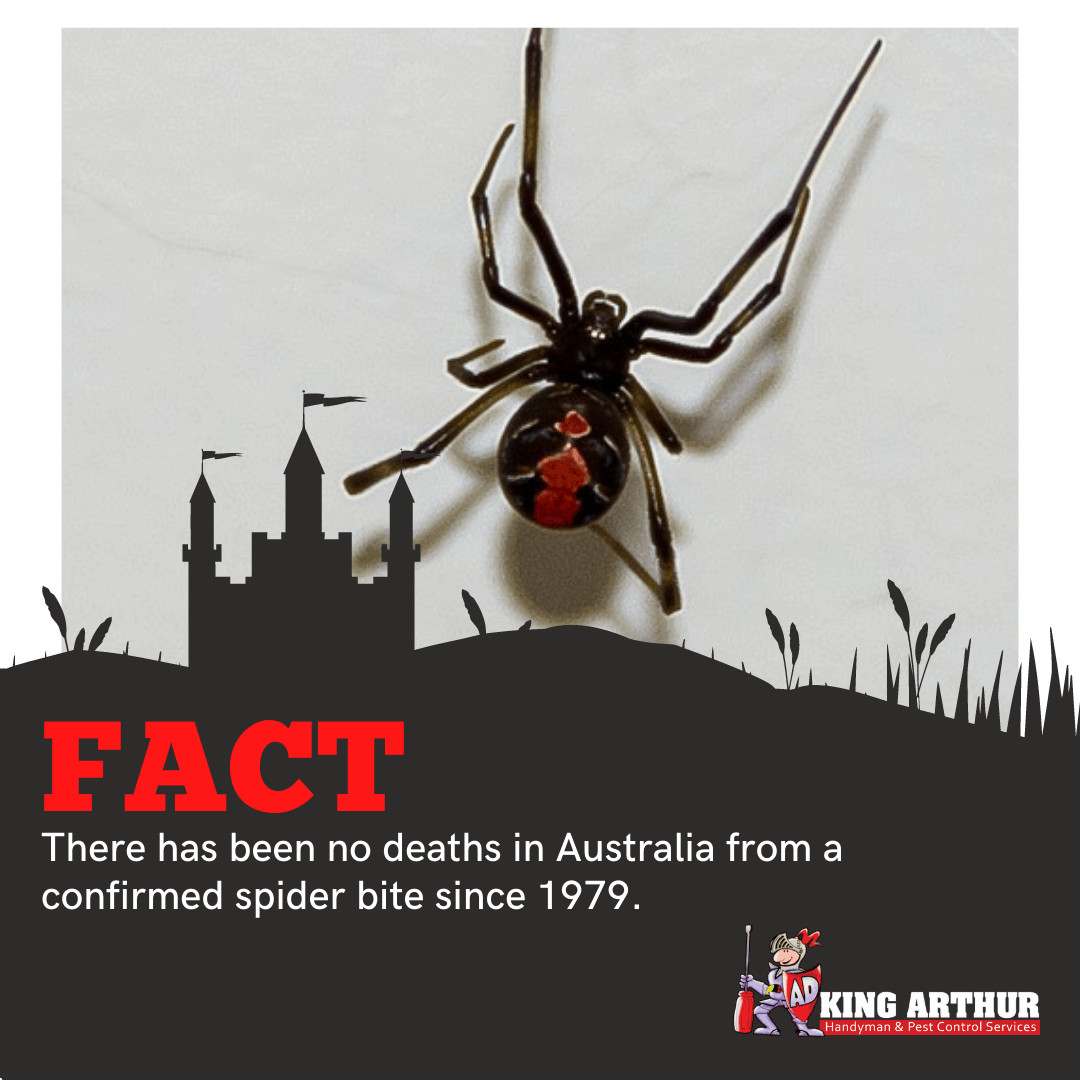
Spider Bite Fact
Redback Pest Control Treatment – You can avoid getting bitten if there’s none around
King Arthur can kill off those spiders as part of his standard Cockroach, Ants and Spider Pest Control Treatment and he also gives a 12 month warranty on this treatment.
Whilst you can use store bought spider sprays, there’s no guarantee you will find them all, hidden in the nooks and crannies of your home and shed. Let King Arthur take care of your spider treatment for you.
Get in touch now!
Sources:
https://www.spiders.com.au/red-back-spider.html

